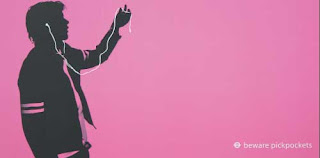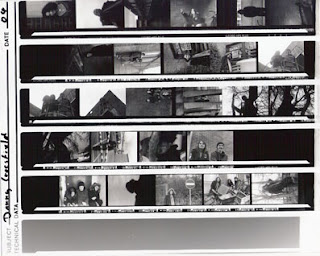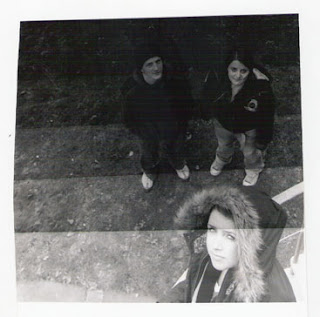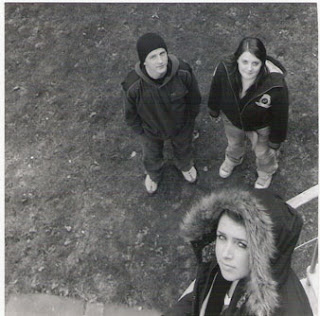

Whistlejacket and Scrub: Large as Life the great horse paintings of Stubs is a new exhibition at Leeds Art Gallery (showing until 9th November) that focuses on two of George Stubs largest and most famous horse paintings ‘Whistlejacket’ (which has been loaned to the gallery by The National Gallery) and ‘Scrub’ (to my surprise the paintings really where, was the name of the exhibition suggested, as large as life). George Stubs was an 18th century painter who is most famous for his horse paintings, these particular two where commissioned by the Marques of Rockingham (although for an unknown reason he rejected the painting of scrub). In addition to the two main paintings there are several smaller paintings by Stubs and post interestingly for my several of his horse anatomy studies showing various bone and muscle structures of a horse. I believe it was this in depth understanding of the anatomy of the horses he was painting which gave Stubs the necessary experience and skills to approach these large paintings which are as much a scientific study of the horse as they are a piece of art.
I also felt that the exhibition had been curate very well, the two main paintings were raised forward on deep red coloured walls which not only made them stand out even more but also added a sense of regency to the exhibition – these where famous race horses after all. (See my sketches)
I visited the exhibition as I am working on a new identity for an equine training school at work at the moment and I felt it might give me an interesting insight, but even if you have no special interest in horses I’m sure you’ll enjoy this (free) exhibition.

















































